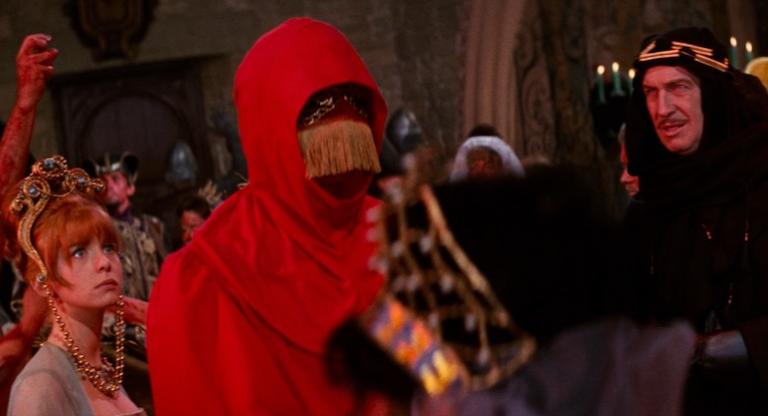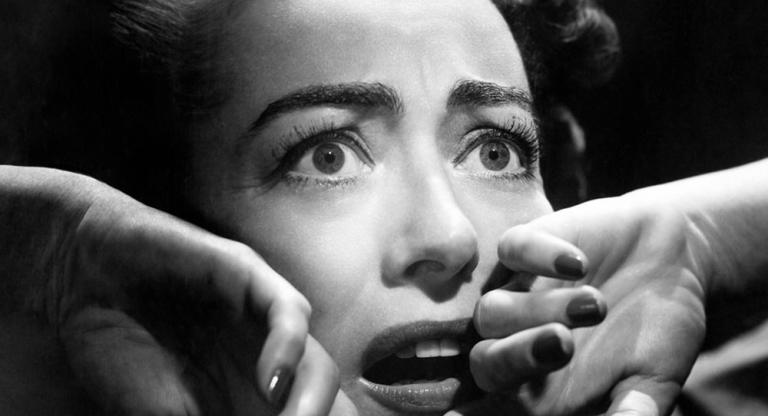Wes Craven’s sly, metatextual teen-horror film Scream (1996) often gets credit for revitalizing the largely stagnant slasher genre, grossing over one hundred million dollars domestically, spawning its own franchise along with a flood of imitators. Two years prior, Craven capped off his decade-long A Nightmare On Elm Street series with a similarly carefully constructed metatext: the eponymous Wes Craven’s New Nightmare (1994). Despite its title, New Nightmare was never intended to be a reboot of a dead franchise—though the previous film is titled Freddy’s Dead: The Final Nightmare, (1991). Rather, it takes a fresh approach to a now iconic pop-culture boogeyman.
Craven’s fun starts with the film’s cold open, which is more reminiscent of Brian De Palma’s Body Double—set among the B-movie backlots and ultra-modern mansions of Hollywood—than of the original A Nightmare On Elm Street (both 1984). Though the Nightmare series has always had a decidedly dark sense of humor about it, it’s clear from the first scene that the joke won’t only be on the various legacy characters returning for this final outing, but on the viewers that have stuck around for the past ten years, as well. Like Body Double, New Nightmare takes potshots at Hollywood culture, from the on-set hijinks and boardroom meetings to the tabloid journalism that captures the zeitgeist and propels franchises like Nightmare to earn tens of millions of dollars each opening weekend—but that industry-insider reflexivity quickly gives way to something smarter and, appropriately, more sinister.
The basic conceit of Craven’s script (the first in the series he had written since 1984’s original) sees the director playing himself alongside series stars Heather Langenkamp and Robert Englund, in pre-production for a new entry in the series following the events of Freddy’s Dead. Naturally, a series of gruesome deaths begins to occur, blurring the lines between fact and fiction for all involved.
The trailer is as expertly edited as the film itself. The first thing we see is black-and-white talking-head footage of Craven and series producer Robert Shaye defending their decision to make another Nightmare. The sequence gives way to another that more so resembles an arthouse film-industry drama than a legacy horror sequel, focusing almost entirely on Craven and Langenkamp, playing themselves. Freddy (outside of some fleeting glove shots and a shadow) is never shown. It’s a brilliant artistic stroke, but likely hurt the film commercially, as New Nightmare ended the series with its lowest box-office returns.
New Nightmare is as much an outlier as Halloween III: Season of the Witch (1982) is in the context of its franchise. It exists on its own terms and has much to say about the genre and the industry that produced it. For many fans, it may be a confounding entry in the series, but it’s one of the most interesting films about films from the 1990s, in good company with Robert Altman’s The Player (1992) and Abel Ferrara’s Dangerous Game (1993), equally acerbic accounts from filmmakers that had spent decades wrestling with the industry. Each had their humble beginnings on the independent film circuit, and each had seen several of their films compromised by studio suits and/or ratings boards in years prior. New Nightmare feels like a reckoning; a pointed statement on the perils of studio-mandated filmmaking, audience expectations, and established genre conventions.
Wes Craven's New Nightmare screens Monday, October 28 at the Alamo Drafthouse New Mission.
Previously:
Wes Craven’s New Nightmare screens tonight, February 20, at Nitehawk Williamsburg on 35mm.




